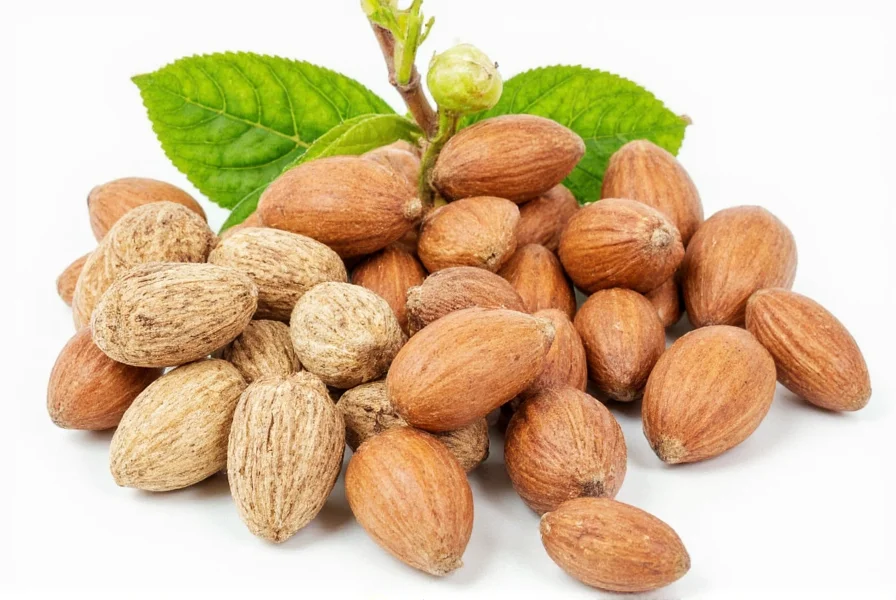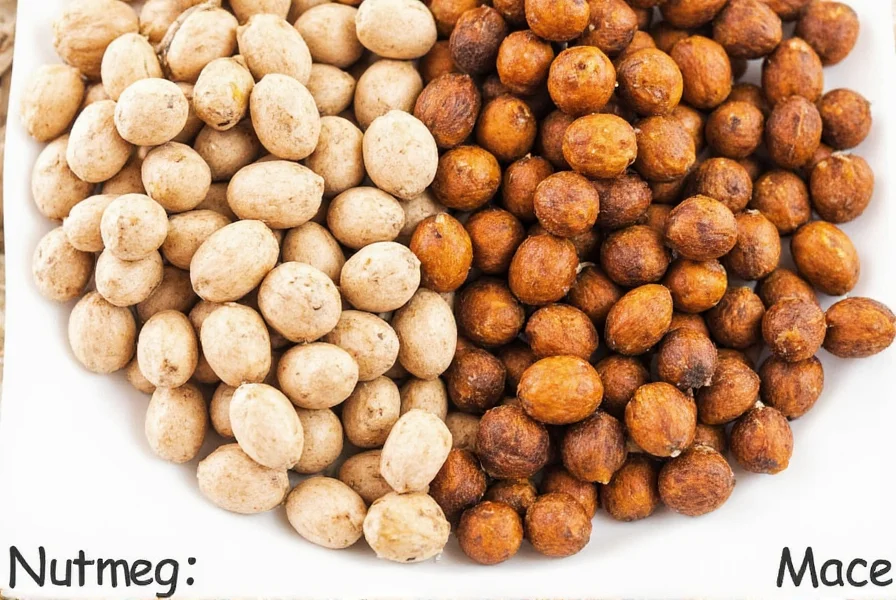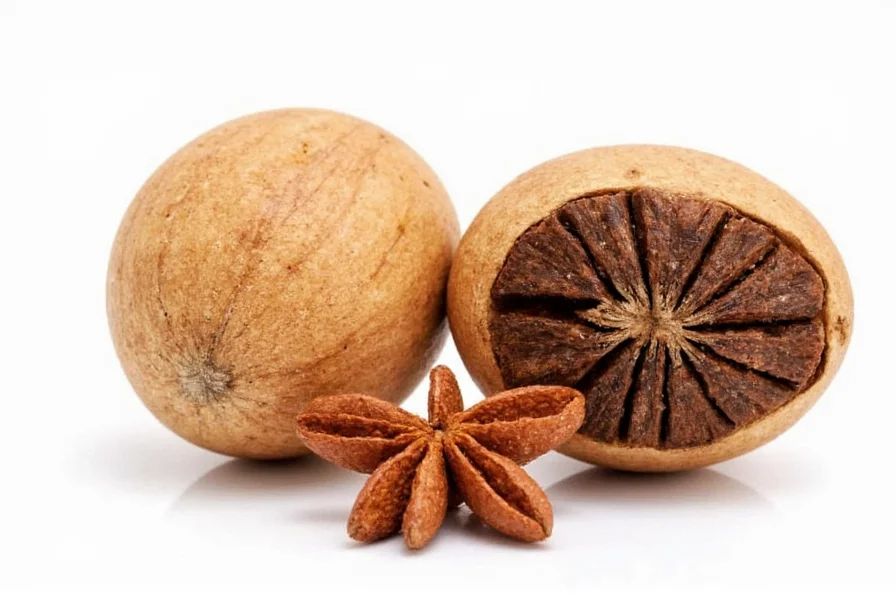Understanding the relationship between nutmeg and mace reveals one of nature's fascinating culinary gifts. These spices come exclusively from the Myristica fragrans tree, native to the Banda Islands in Indonesia. When the fruit ripens and splits open, harvesters carefully separate the crimson mace covering from the inner seed. After drying, the mace transforms from bright red to an amber-orange color, while the nutmeg seed hardens into the familiar brown spice.
The historical significance of these spices cannot be overstated. During the 16th and 17th centuries, nutmeg and mace drove European exploration and colonization efforts, with the Dutch going to extreme lengths to maintain their monopoly. Today, these spices remain essential in both traditional and modern cuisine worldwide, though many cooks don't realize they come from the same source.
| Characteristic | Nutmeg | Mace |
|---|---|---|
| Botanical Source | Seed kernel | Aril (covering) |
| Color (dried) | Brown | Amber-orange |
| Flavor Profile | Warm, nutty, sweet | More delicate, citrusy, subtle pepper notes |
| Intensity | Stronger, more robust | Milder, more nuanced |
| Common Culinary Uses | Pumpkin pie, eggnog, meat rubs | Light sauces, fish dishes, baked goods |

When considering nutmeg vs mace flavor profiles, the differences become apparent in cooking applications. Nutmeg's stronger flavor makes it ideal for heartier dishes like mashed potatoes, winter squash recipes, and spice cakes. Mace's more delicate nature shines in lighter preparations such as béchamel sauce, fish dishes, and delicate pastries where its subtle citrus notes won't overpower other ingredients. Professional chefs often select between these spices based on the specific flavor balance they're trying to achieve in a dish.
For home cooks wondering can I substitute mace for nutmeg, the answer is yes—but with adjustments. Generally, use ⅔ teaspoon mace for every 1 teaspoon nutmeg called for in a recipe. The reverse substitution requires slightly more mace to match nutmeg's intensity. When experimenting with these spices, remember that freshness dramatically impacts flavor. Whole spices maintain their potency significantly longer than pre-ground versions, which lose volatile oils quickly.
Nutmeg and mace health benefits have been studied with interesting findings. Both contain myristicin, a compound with potential anti-inflammatory properties. However, nutmeg consumed in very large quantities (several tablespoons) can cause adverse effects due to myristicin's psychoactive properties at high doses—a phenomenon sometimes called nutmeg poisoning. Mace contains lower concentrations of this compound, making it generally safer in larger amounts, though moderation remains important with both spices.
Proper storage extends the shelf life of these valuable spices. Keep whole nutmeg and mace blades in airtight containers away from light and heat. When stored correctly, they maintain peak flavor for 3-4 years. Ground versions lose potency much faster—typically within 6-12 months. For maximum flavor impact, consider investing in a microplane grater to freshly grate whole nutmeg directly into your dishes.
Understanding how to use mace spice effectively can elevate your cooking. Because of its delicate nature, add mace later in the cooking process than nutmeg to preserve its subtle flavors. It works particularly well in dishes featuring chicken, fish, or vegetables where stronger spices might overwhelm the main ingredients. In baking, mace provides complex warmth without the heavier notes of nutmeg, making it ideal for delicate cakes and custards.

The economic relationship between these spices reveals an interesting market dynamic. Despite requiring more labor to produce (as each nutmeg fruit yields only one mace portion), mace typically commands a higher price than nutmeg. This pricing reflects both the additional processing required and mace's more specialized culinary applications. When shopping for these spices, look for vibrant color and strong aroma as indicators of freshness and quality.
What's the primary difference between nutmeg and mace?
The primary difference is their physical origin on the Myristica fragrans fruit. Nutmeg is the seed kernel itself, while mace is the lacy red aril (covering) that surrounds the seed. This structural difference creates distinct flavor profiles despite their shared botanical source.
Can I substitute nutmeg for mace in recipes?
Yes, you can substitute nutmeg for mace using a 1:1.5 ratio (use 1.5 times more mace to replace nutmeg). However, be aware that nutmeg has a stronger, warmer flavor while mace offers more delicate citrus notes, so the substitution will alter the dish's flavor profile.
Which spice has a longer shelf life, nutmeg or mace?
Whole nutmeg generally maintains its potency longer than mace—up to 4 years when stored properly in an airtight container away from light and heat. Mace blades typically remain fresh for 2-3 years. Both lose flavor significantly faster when ground, with ground versions lasting only 6-12 months.
Are there safety concerns with consuming nutmeg?
In culinary amounts (typically 1/8 to 1/4 teaspoon), nutmeg is perfectly safe. However, consuming several tablespoons can cause nutmeg poisoning due to myristicin, resulting in symptoms like dizziness, nausea, and palpitations. Mace contains lower concentrations of myristicin and is generally safer in larger quantities, though moderation is still recommended.
Why is mace often more expensive than nutmeg?
Mace typically costs more than nutmeg despite requiring the same fruit because each nutmeg yields only one portion of mace, which must be carefully separated and dried. Additionally, mace has more specialized culinary applications and is produced in smaller quantities relative to nutmeg, contributing to its higher market price.











 浙公网安备
33010002000092号
浙公网安备
33010002000092号 浙B2-20120091-4
浙B2-20120091-4